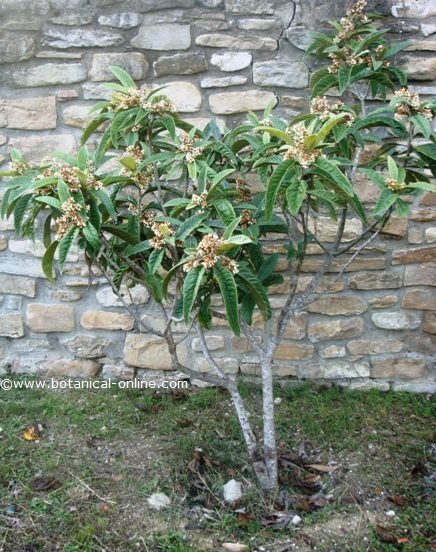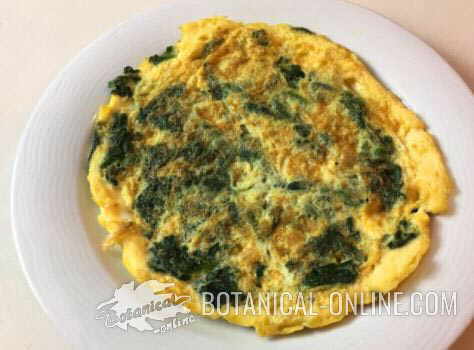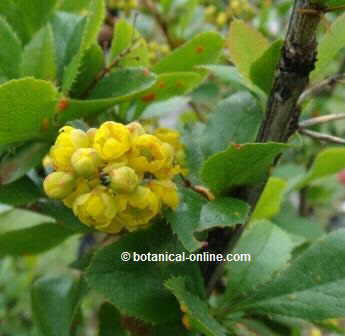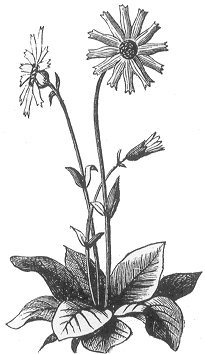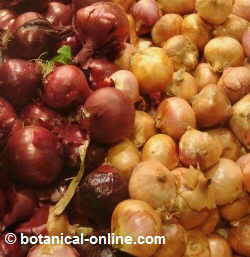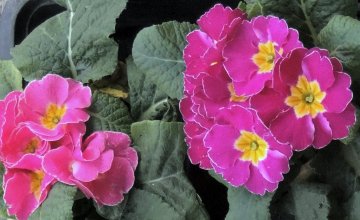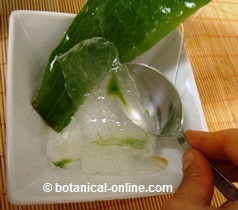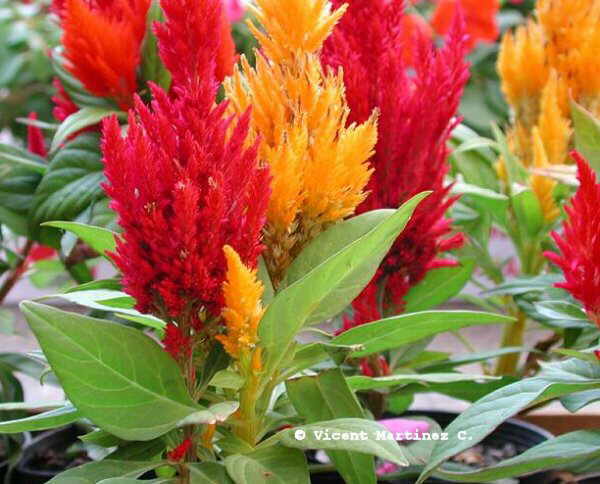Contents [show]
MEDICINAL PROPERTIES OF LIVERLEAF – Anemone hepatica L.
Benefits of liverleaf
Liverleaf, hepatica or liverwort (Anemone hepatica = Hepatica nobilis) is a plant from the Ranunculaceae family, used for its diuretic, astringent and
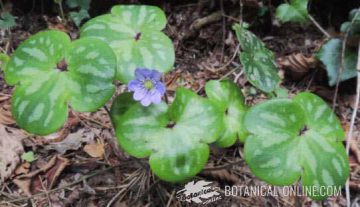
vulnerary properties.
Precautions for using liverwort
The name of the plant is due to the fact that the Ancient Medicine found the resemblance between its leaves and the human liver. So it was used in the treatment of liver diseases and was baptized as hepatic. However, this plant, like all plants belonging to its family, contains ranunculin, a glycoside that breaks down into the toxin protoanemonin.
In the German Ephemeris one can read the story told by Dr. Grundelius, in which a young woman, amusing herself with a bunch of liverleaf, found herself seized with anxiety, fainting and headaches, which did not dissipate until she threw away the bunch of liverleaf on the advice of a doctor, who was present and who knew the bad effect of that smell.
- Due to its possible toxic effects, internal use of liverwort is not recommended.
Toxicity of liverleaf
Liverleaf should be used with caution. The fresh plant contains a substance, ranunculin, which when the leaves are crushed turns into a toxin. In large quantities, inhalation may cause side effects. Due to its possible toxic effects, it is recommended to consult other vulnerary remedies. This component disappears during the drying of the plant, so only the dried leaves are used as a remedy.
EXTERNALLY
Liverleaf is a vulnerary and emollient plant
Liverleaf is mainly used externally as a vulnerary and emollient. It contains flavonoid glycosides, present in other plants with the same applications, such as arnica, which give it vulnerary virtues. Its richness in mucilage helps soften and protect the skin.
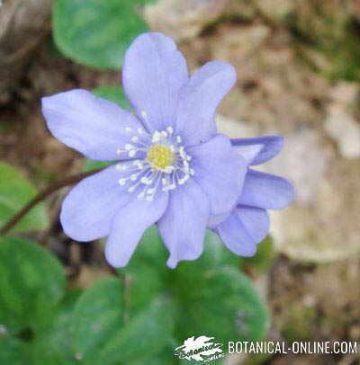
These effects are well known from ancient ethnobotany, which claims that liverleaf contains substances that revive sore wounds and promote their healing.
Uses of liverleaf as a vulnerary
It is used on skin diseases, on pimples or boils, sores, ulcers or lesions on the skin, also on wounds that take a long time to heal. The properties of the mucilage soften the tissues (poultice of the crushed dried plant on the affected part of the skin).
- The dried plant does not contain any toxic principles, so only the dried leaves are used as an emollient remedy. The leaves are harvested before the plant flowers and dried.
LIVERLEAF REMEDIES FOR INTERNAL USE
Liverleaf should not be used in internal medicine due to its strong irritating properties and toxic components.
- To the liver: the name of the plant corresponds to the beneficial properties of flavonic glycosides for the liver. However, the toxic principles of the plant when ingested contraindicate its internal use. It is recommended to consult another Phytotherapy for the liver.+
- Diuretic: The components of liverwort are diuretic, and have been used as a diuretic remedy since ancient times. However, at high doses it is a toxic plant and causes urinary tract irritation. This plant is not recommended as a diuretic due to its possible toxic effects.
- Astringent: It was formerly used as an astringent remedy due to its tannin content, but its medicinal effect is weak. This plant is not recommended as a remedy because of its possible toxic effects.
- Aperitif: small amounts of liverwort have an aperitif effect. They stimulate the secretion of gastric juices and help increase appetite. Due to the toxic effects of the plant, it is recommended to consult other Remedies to increase appetite.
- Bronchitis: This herb was considered a remedy for coughs and bronchitis, due to the plant’s richness in mucilages and vulnerary glycosides. A decoction was prepared with wine for inflammation of the uvula, pharynx and gums.
Dosage and use
EXTERNALLY
The use of the fresh plant is not recommended because inhalation can cause side effects. Read the contraindications, side effects and liver toxicity listed below.
- Poultice: apply two handfuls of crushed dried leaves in 70 ml. of warm water, wrapped in gauze, on the affected area.
100g. of dried leaf powder in water, until it reaches a thick consistency to make the emollient poultice.
- Liverleaf is only used dried and externally. The dried plant does not contain any toxic ingredients, as they are broken down into harmless substances.
INTERNALLY
Internal use of the plant is not recommended. Read the contraindications, side effects and toxicity of liverleaf, which you will find listed below. Consult your doctor before taking the plant.
- Infusions and herbal teas: 2 – 4g. of dried leaves per cup or 200ml. of water.
![]() More information on liverleaf
More information on liverleaf

